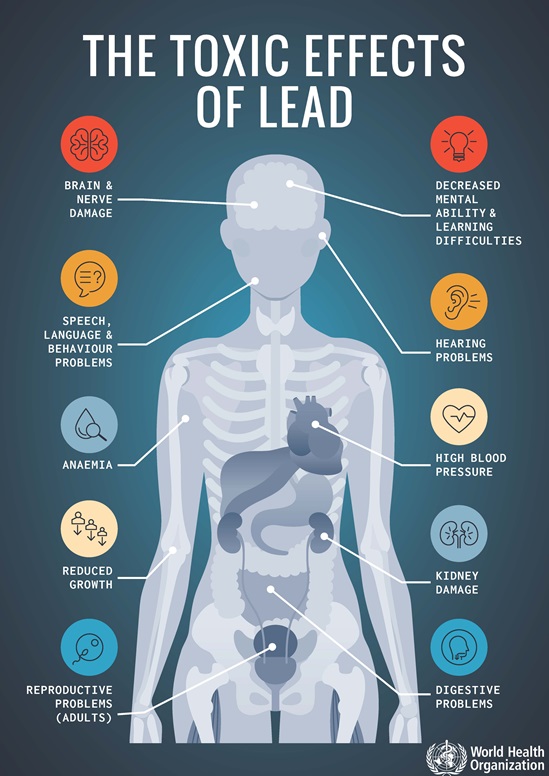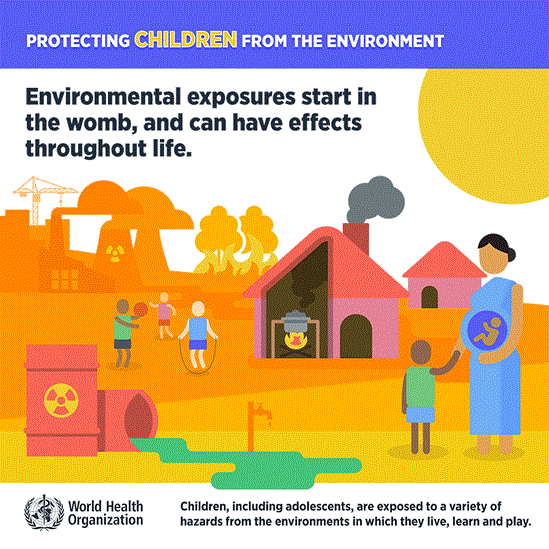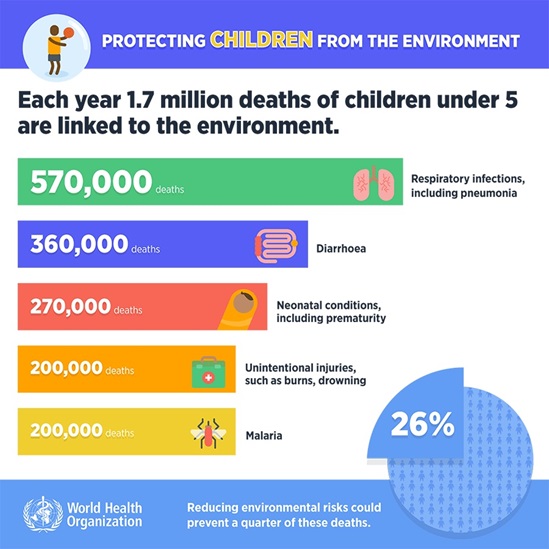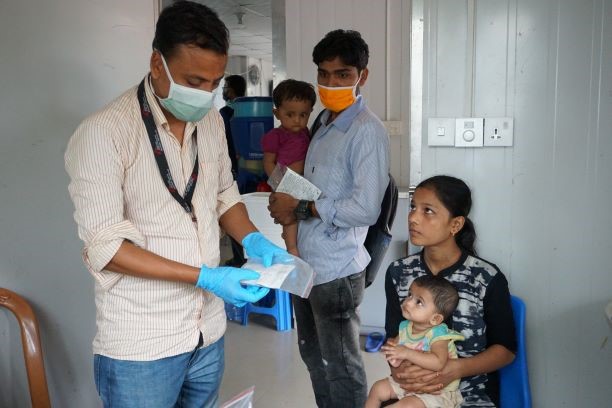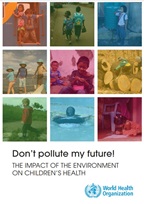Providing information on endocrine disrupting chemicals and child health
Endocrine disrupting chemicals (EDC) such as some pesticides are found in everyday items and can leach into our environment, sometimes remaining for a long time. Research has found connections between these chemicals and implications for health, particularly of vulnerable populations such as children and women.
EDCs are a growing global concern. Following a Global assessment in 2002, WHO and the United Nations Environment Programme collaborated to publish the State of the science of endocrine disrupting chemicals in 2012. This report presents the latest scientific findings, conclusions and key concerns for human health. WHO is currently working on an update of this report.
WHO is working on EDCs in collaboration with experts globally to:
- spread awareness and update knowledge
- facilitate research on child health effects
- develop materials to prevent and reduce exposures during pregnancy and childhood
- develop and update key information and capacity training materials for health care workers.
EDCs are a particular risk facing children today. Children are exposed to low doses and mixtures of EDCs, which can have different effects depending upon dose and other chemicals present. Exposure during pregnancy and early childhood may impact the health and development of a child for the rest of their life. Preventing exposure is essential.


